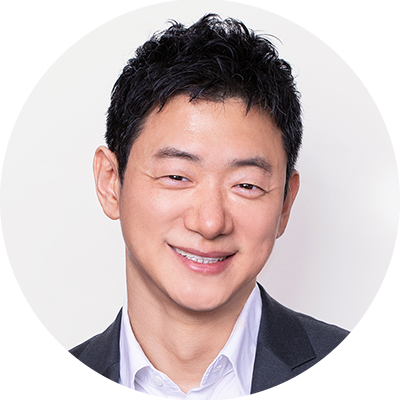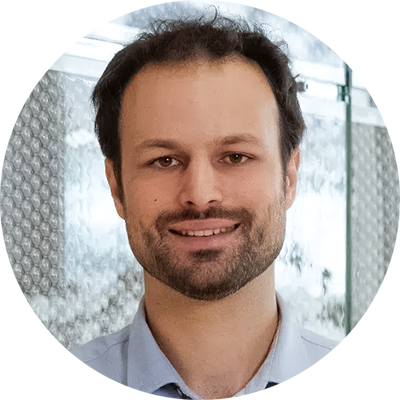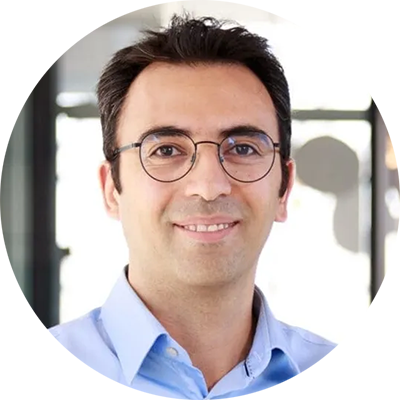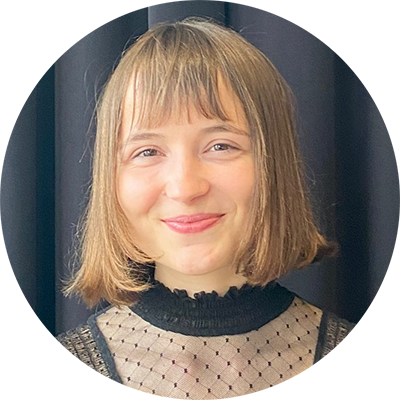| Home | Publications | Videos | Software | Contact |
Welcome to the NeuroAI Lab at Wyss Center for Bio and Neuroengineering. We investigate the computational principles of neural population activity, specifically focusing on latent representations within high-dimensional neural dynamics through advanced deep learning. We are also developing foundation models from large-scale neural datasets to identify shared neural structures across tasks, individuals, and modalities. Leveraging these methods, we create real-time, low-latency decoding algorithms for closed-loop brain-computer interfaces (BCI), with current applications in motor and communication assistive technologies.
• Manifold learning for neural drift
Neural manifolds help make sense of the brain's complex activity by representing it as understandable geometric structures, but their use in BCI has been limited by neural drift, where brain signals change over time. Recent advances show that while individual signals are unstable, the overall shape of the neural manifold remains stable. By designing AI systems that align these stable geometries, researchers can now create BCIs that work reliably for months without recalibration, addressing a major obstacle to their clinical adoption.
• Foundation model for time-series neural data
Inspired by successes in AI, researchers are developing foundation models for neuroscience to overcome the challenges of analyzing complex brain signals, which are often noisy, highly variable, and lack sufficient labeled data for traditional methods. This new approach involves pre-training large models on vast, unlabeled datasets of brain activity to learn a universal representation of neural dynamics. The goal is to create powerful, adaptable models that can be fine-tuned for downstream tasks in BCI.
• Real-time decoding systems
This project focuses on developing a real-time system to translate brain signals directly into commands, aiming to restore movement for individuals with motor impairments and provide communication for those with severe speech disabilities. We are improving some criticals features like low latency, high accuracy, and adaptability, which ensure the system is responsive and intuitive for the end-user.
• Restoring communication pathways after spinal cord injury or stroke
PI: Dr. Kyuhwa Lee, Wyss Center (CH) and Dr. Yun-Jae Won, KETI (KR)
The aim of the project is to develop high-performance brain signal decoding algorithms that can deal with neural drift, coupled with a soft & lightweight exosuit to support arm and hand movement. This international project is supported by bilateral funding from Switzerland's Innosuisse and South Korea's KIAT, bringing together expertise from both countries. Its significance lies in its potential to accelerate neuro-rehabilitation for people with stroke and spinal cord injuries by using novel peripheral nerve stimulation exosuit design that allows for sustained postures without fatigue.
• Connection between the gut and the brain
PI: Dr. Michalina Gora, Wyss Center
We explore the critical connection between the gut and the brain. The aim is to understand the enteric nervous system and its role in health, with the goal of finding new biomarkers and therapies for brain disorders like Parkinson's, dementia, and depression. This research is vital due to the increasing recognition of the gut's influence on brain function and the current lack of tools to monitor this complex interplay.
• Lightsheet microscopy brain segmentation
PI: Dr. Stéphane Pagès, Wyss Center
This project focuses on developing and deploying AI-based image analysis pipelines for the ALICe lightsheet microscopy platform at the Wyss Center. The primary goal is to create robust algorithms for brain registration, volumetric segmentation, and image stitching.
• Transcranial temporal interference stimulation
PI: Prof. Friedhelm Hummel, EPFL
This Lightohuse project aims to use AI to rapidly and accurately predict electric fields induced by brain stimulation, overcoming the computational challenges and expertise requirements of current methods such as Finite Element Method. The goals is to enable personalised and optimised stimulation parameters for individual patients to integrate neuromodulation into clinical practice for various neurological and psychiatric conditions.
 Kyuhwa Lee | Group Leader
Kyuhwa Lee | Group Leader
 Etienne de Montalivet | Machine Learning Scientist
Etienne de Montalivet | Machine Learning Scientist
 Nima Mojtahedi | Machine Learning Scientist
Nima Mojtahedi | Machine Learning Scientist
 Iris Toye | Research Intern
Iris Toye | Research Intern
| © 2012-2025 khlee.org. Website made by Kyuhwa Lee. |